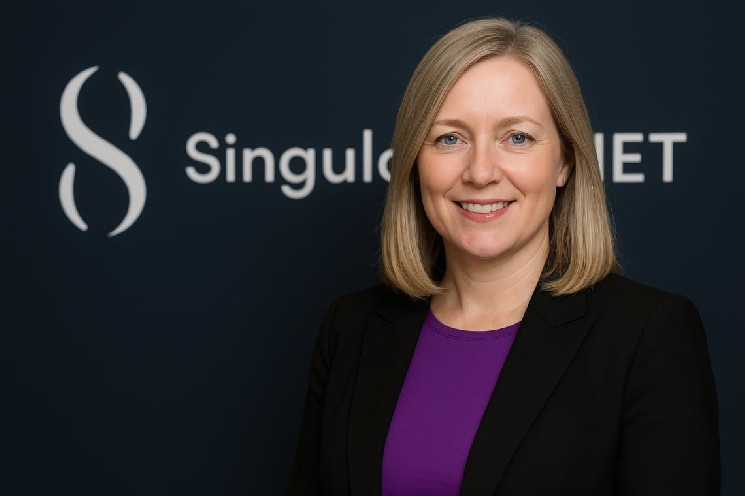cryptologist Interview with a decentralized AI knowledgeable Janet Adams I’m the COO of Singularity Web.
1. ASI Alliance simply introduced ASI Cloud. Are you able to clarify what it’s, the way it differs from centralized AI cloud merchandise, and what issues it solves for companies and builders?
ASI Cloud is a permissionless AI cloud, not one other walled backyard. This provides builders instantaneous, wallet-based entry to enterprise-grade GPUs and open-source fashions at a clear pay-per-token worth. No lock-in, fiat-only, or KYC partitions, only a scalable AI infrastructure designed for each Web3 builders and enterprises.
2. We additionally talked about two upcoming releases: ASI Chain and ASI Create. Are you able to give us an unique preview of what they’re designed to do and the way they match into the broader imaginative and prescient of the ASI ecosystem?
ASI Chain anchors AI workloads on to sensible contracts, making computing verifiable and programmable. ASI Create is a builder layer, a instrument for designing, fine-tuning, and deploying AI brokers with encrypted information graphs, multimodality, and full possession. Mixed with ASI Cloud, they type a stack that makes decentralized AI straightforward to make use of, dependable, and unstoppable.
3. How do you suppose decentralized AI will change the way in which companies function over the subsequent 5 years, particularly in comparison with at this time's centralized AI atmosphere?
At the moment, corporations hire AI from hyperscalers with opaque pricing and vendor lock-in. Inside 5 years, decentralized AI will transfer nearer to an open market, with verifiable computing, predictable prices, and AI brokers that corporations can truly personal. Transfer AI from a product that customers eat to an ecosystem that they co-create.
4. You’re a sturdy advocate for moral AI. What mechanisms and rules ought to information decentralized AI networks to make sure they continue to be honest, clear, and useful to society?
Decentralized AI have to be ruled by pricing transparency, computational verifiability, and open entry to fashions. This mechanism is a cryptographic assure, not only a company promise. Ethics in AI is an structure, not a white paper.
5. Having led regulation in 60 nations at HSBC, how does your monetary providers and regulatory expertise form your perspective on decentralized AI adoption and compliance?
Having labored throughout 60 jurisdictions, I imagine decentralization is a compliance profit. Distributed infrastructure permits transparency, auditability, and information sovereignty to be constructed into the design. Moderately than shoehorning AI into outdated regulatory molds, we’re constructing an AI cloud that regulators can truly belief.
6. Are you able to give me a concrete instance of how AI on a decentralized infrastructure can tackle real-world enterprise challenges higher than a centralized mannequin?
Startups can spin up GPUs by the hour and pay with stablecoins, eliminating the necessity to spend months negotiating contracts with hyperscalers. Firms can benchmark a number of open supply LLMs with full price and efficiency visibility. Decentralized AI reduces friction the place centralized clouds create bottlenecks.
7. Trying forward, what position do you suppose the ASI Alliance will play within the world AI race, and the way do you suppose initiatives like ASI Cloud, Chain, Create will speed up the trail to synthetic superintelligence?
AI races don't should be winner-take-all. The ASI Alliance is constructing the connective tissue of Cloud for Compute, Chain for Verifiable Execution, and Create for Agent Design. Collectively, they may speed up the trail to a synthetic superintelligence that’s open, auditable, and aligned with humanity's pursuits.


